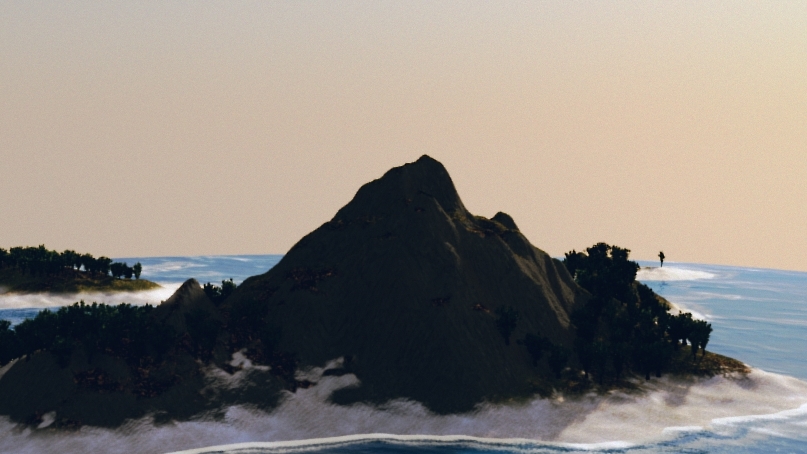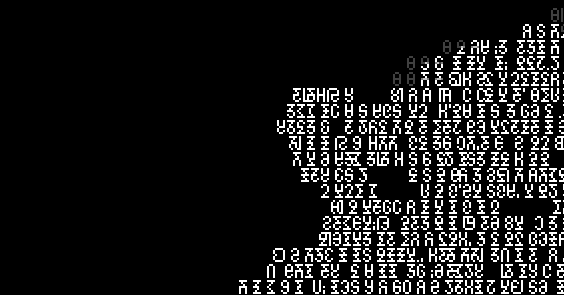


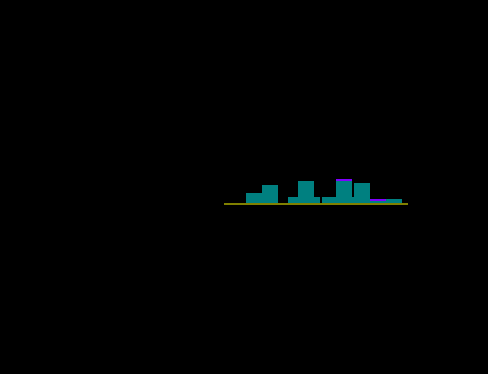
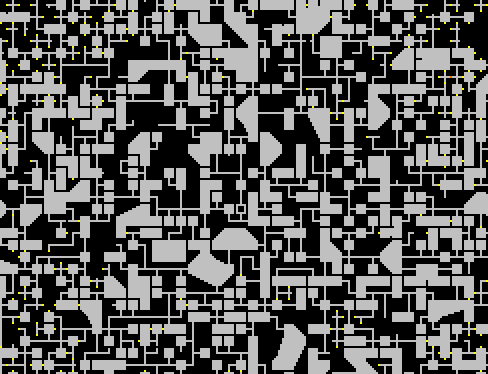

Imagegram
Imagegram is a grammar for procedural generation, specified with images.
While there have been many logic or rules-based approaches to make generators based on rules, having the entire specification for a pixel-based 2d grammar as an image makes it much more accessible.
Made by Guilherme S. Tows (probably best known for Eversion) with a few of the example grammars by Kevan Davis, who has done quite a bit, including a NaNoGenMo novel.
The instructions are quite concise:
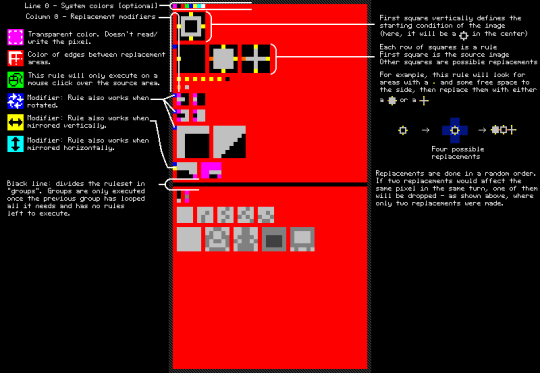
You can, of course, add your own rules, either with the in-browser editor or by uploading an image of your own.
There’s a lot of scope here to play around with, and it’s a good example of how changing the context of a known approach and providing a different set of tools can open it up to new creativity.
